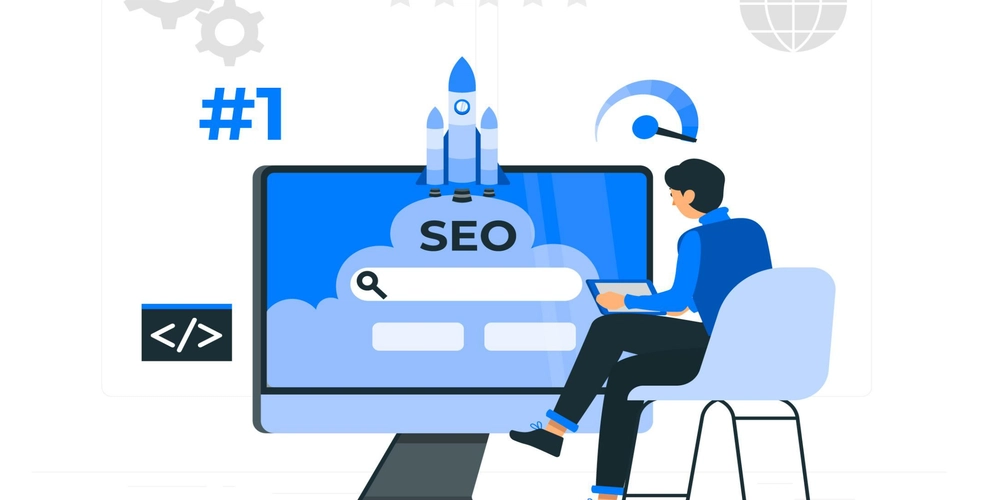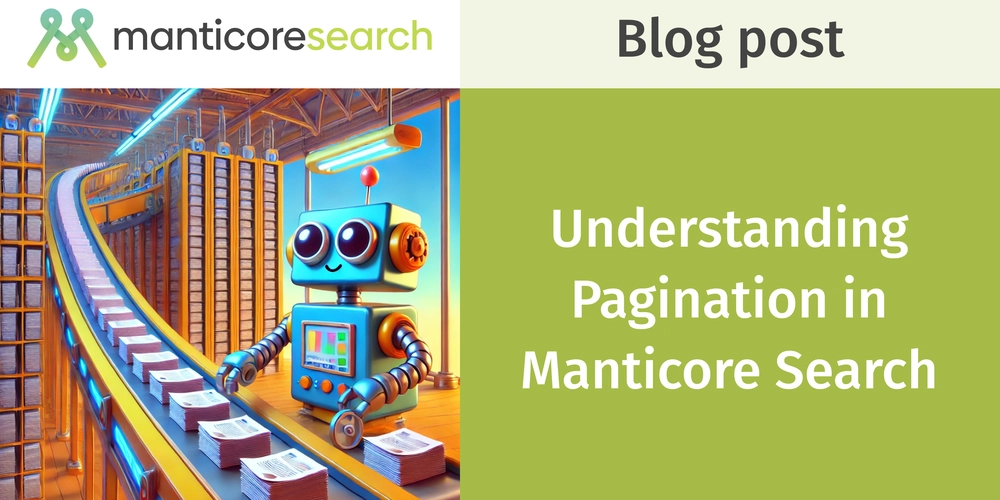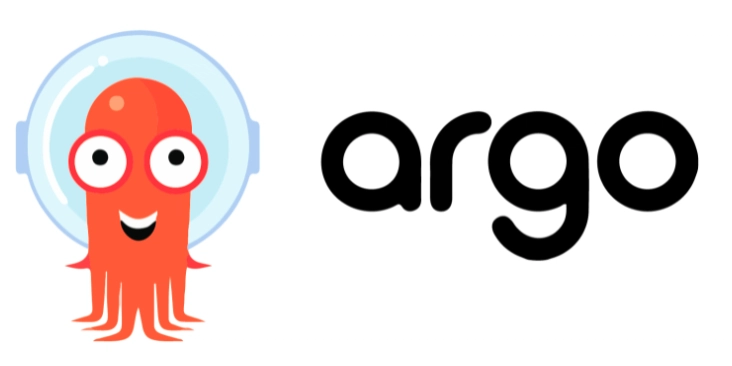SEO Best Practices for Landing Pages to Rank on SERPs
A well-optimized landing page can be the difference between a website that thrives in search engine rankings and one that struggles for visibility. Businesses and marketers investing in landing page design services must implement effective SEO strategies to ensure their pages rank well on search engine results pages (SERPs). This guide will cover the best SEO practices for landing pages that can improve visibility, drive traffic, and boost conversions. Understanding SEO for Landing Pages Search engine optimization (SEO) is the practice of enhancing a webpage to increase its visibility in search results. When it comes to landing pages, SEO plays a crucial role in making sure that the page reaches the right audience and generates leads. Unlike general website pages, landing pages are designed with a specific purpose, whether it be capturing leads, promoting a product, or encouraging sign-ups. To achieve high rankings, landing pages must align with search engine algorithms and user intent. 1. Keyword Research and Optimization Effective SEO starts with keyword research. Identifying the right keywords ensures that your landing page appears in relevant searches. Here’s how to optimize keywords: Identify Target Keywords: Use keyword research tools to find relevant, high-volume keywords that match the intent of your audience. **Use Keywords Naturally: **Place primary keywords in the title, headings, meta descriptions, and throughout the content, but avoid keyword stuffing. **Long-Tail Keywords: **These specific phrases help attract more qualified traffic and improve conversion rates. For example, including phrases like "best landing page design service" can help attract users specifically looking for high-quality design solutions. 2. High-Quality Content and Engaging Copy Content is a key factor in determining the success of a landing page. High-quality, engaging content that is relevant to the user’s intent can significantly boost rankings. Best practices include: Clear and Concise Messaging: Ensure that your content is direct and easy to understand. Value-Driven Copy: Highlight the benefits of your product or service rather than just its features. Bullet Points and Subheadings: Break down information to improve readability. Use Persuasive Language: Encourage action through compelling calls to action (CTAs). 3. On-Page SEO Elements On-page SEO elements help search engines understand and rank your landing page. Optimize the following elements: Title Tag: Include your primary keyword and make it compelling. Meta Description: Write a concise, keyword-rich description that entices users to click. Header Tags (H1, H2, H3, etc.): Structure your content with headings that include keywords. Image Optimization: Use descriptive file names and alt tags to enhance image SEO. 4. Mobile-Friendliness and Page Speed Google prioritizes mobile-friendly websites, making responsive design essential. A fast-loading landing page enhances user experience and improves rankings. Tips to optimize performance include: Use a Responsive Design: Ensure that your page adapts to different screen sizes. Compress Images: **Reduce image file sizes without losing quality. **Minimize HTTP Requests: Reduce the number of elements on your page to speed up load time. Enable Caching: Store commonly used elements to improve load speeds for returning visitors. 5. User Experience and Engagement Google considers user engagement metrics such as bounce rate and dwell time when ranking pages. To enhance user experience: Clear Navigation: Make it easy for visitors to find information. Strong CTA Buttons: **Use noticeable and compelling calls to action. **Interactive Elements: **Incorporate videos, testimonials, and engaging visuals. **Minimize Distractions: Keep the page clutter-free and focused on the conversion goal. 6. Internal and External Linking Strategic linking enhances credibility and SEO value: Internal Links: Link to relevant pages within your website to improve navigation and SEO. External Links: **Reference authoritative sources to build credibility. **Anchor Text Optimization: Use descriptive and keyword-rich anchor text for links. 7. Schema Markup and Structured Data Schema markup helps search engines understand the content of your landing page better. Implement structured data to: Enhance rich snippets in search results. Provide additional information such as FAQs, reviews, or pricing. Improve visibility and click-through rates. 8. Secure and Accessible URL Structure A clean and secure URL structure contributes to better rankings. Follow these guidelines: Use HTTPS: Secure your site with an SSL certificate. Keep URLs Short and Descriptive: Use relevant keywords and avoid unnecessary parameters. Avoid Dynamic URLs: Use static URLs for better readability and indexing. 9. Social Proof and Trust Signals Trust signals can influence user behavior and conversions. Add elements such as: Customer Reviews and Testimonials: Show

A well-optimized landing page can be the difference between a website that thrives in search engine rankings and one that struggles for visibility. Businesses and marketers investing in landing page design services must implement effective SEO strategies to ensure their pages rank well on search engine results pages (SERPs). This guide will cover the best SEO practices for landing pages that can improve visibility, drive traffic, and boost conversions.
Understanding SEO for Landing Pages
Search engine optimization (SEO) is the practice of enhancing a webpage to increase its visibility in search results. When it comes to landing pages, SEO plays a crucial role in making sure that the page reaches the right audience and generates leads. Unlike general website pages, landing pages are designed with a specific purpose, whether it be capturing leads, promoting a product, or encouraging sign-ups. To achieve high rankings, landing pages must align with search engine algorithms and user intent.
1. Keyword Research and Optimization
Effective SEO starts with keyword research. Identifying the right keywords ensures that your landing page appears in relevant searches. Here’s how to optimize keywords:
Identify Target Keywords: Use keyword research tools to find relevant, high-volume keywords that match the intent of your audience.
**Use Keywords Naturally: **Place primary keywords in the title, headings, meta descriptions, and throughout the content, but avoid keyword stuffing.
**Long-Tail Keywords: **These specific phrases help attract more qualified traffic and improve conversion rates.
For example, including phrases like "best landing page design service" can help attract users specifically looking for high-quality design solutions.
2. High-Quality Content and Engaging Copy
Content is a key factor in determining the success of a landing page. High-quality, engaging content that is relevant to the user’s intent can significantly boost rankings. Best practices include:
Clear and Concise Messaging: Ensure that your content is direct and easy to understand.
Value-Driven Copy: Highlight the benefits of your product or service rather than just its features.
Bullet Points and Subheadings: Break down information to improve readability.
Use Persuasive Language: Encourage action through compelling calls to action (CTAs).
3. On-Page SEO Elements
On-page SEO elements help search engines understand and rank your landing page. Optimize the following elements:
Title Tag: Include your primary keyword and make it compelling.
Meta Description: Write a concise, keyword-rich description that entices users to click.
Header Tags (H1, H2, H3, etc.): Structure your content with headings that include keywords.
Image Optimization: Use descriptive file names and alt tags to enhance image SEO.
4. Mobile-Friendliness and Page Speed
Google prioritizes mobile-friendly websites, making responsive design essential. A fast-loading landing page enhances user experience and improves rankings. Tips to optimize performance include:
Use a Responsive Design: Ensure that your page adapts to different screen sizes.
Compress Images: **Reduce image file sizes without losing quality.
**Minimize HTTP Requests: Reduce the number of elements on your page to speed up load time.
Enable Caching: Store commonly used elements to improve load speeds for returning visitors.
5. User Experience and Engagement
Google considers user engagement metrics such as bounce rate and dwell time when ranking pages. To enhance user experience:
Clear Navigation: Make it easy for visitors to find information.
Strong CTA Buttons: **Use noticeable and compelling calls to action.
**Interactive Elements: **Incorporate videos, testimonials, and engaging visuals.
**Minimize Distractions: Keep the page clutter-free and focused on the conversion goal.
6. Internal and External Linking
Strategic linking enhances credibility and SEO value:
Internal Links: Link to relevant pages within your website to improve navigation and SEO.
External Links: **Reference authoritative sources to build credibility.
**Anchor Text Optimization: Use descriptive and keyword-rich anchor text for links.
7. Schema Markup and Structured Data
Schema markup helps search engines understand the content of your landing page better. Implement structured data to:
Enhance rich snippets in search results.
Provide additional information such as FAQs, reviews, or pricing.
Improve visibility and click-through rates.
8. Secure and Accessible URL Structure
A clean and secure URL structure contributes to better rankings. Follow these guidelines:
Use HTTPS: Secure your site with an SSL certificate.
Keep URLs Short and Descriptive: Use relevant keywords and avoid unnecessary parameters.
Avoid Dynamic URLs: Use static URLs for better readability and indexing.
9. Social Proof and Trust Signals
Trust signals can influence user behavior and conversions. Add elements such as:
Customer Reviews and Testimonials: Showcase positive feedback from previous clients.
Trust Badges and Certifications: Highlight security seals and industry accreditations.
Case Studies and Success Stories: Provide real-life examples of successful projects.
10. A/B Testing and Continuous Optimization
SEO is an ongoing process. Conduct A/B testing to optimize landing page performance:
Test Different CTAs: Experiment with different wording, colors, and placements.
Analyze Heatmaps: Identify areas where users engage the most.
Monitor Bounce Rates: Identify reasons for users leaving your page quickly.
Track Conversion Metrics: Use analytics tools to measure performance and make improvements.
Conclusion
Implementing these SEO best practices can significantly enhance the performance of your landing pages on SERPs. By focusing on keyword optimization, high-quality content, user experience, technical SEO, and continuous improvement, your landing page design service can attract more traffic and drive higher conversions. Stay updated with search engine algorithm changes and continuously refine your strategy to maintain and improve your rankings over time.




















































%20Abstract%20Background%20112024%20SOURCE%20Amazon.jpg)






















































































































![[The AI Show Episode 142]: ChatGPT’s New Image Generator, Studio Ghibli Craze and Backlash, Gemini 2.5, OpenAI Academy, 4o Updates, Vibe Marketing & xAI Acquires X](https://www.marketingaiinstitute.com/hubfs/ep%20142%20cover.png)
























































































































































































































































-Nintendo-Switch-2-–-Overview-trailer-00-00-10.png?width=1920&height=1920&fit=bounds&quality=80&format=jpg&auto=webp#)





















_Anna_Berkut_Alamy.jpg?#)













































































































![YouTube Announces New Creation Tools for Shorts [Video]](https://www.iclarified.com/images/news/96923/96923/96923-640.jpg)





































































![[Weekly funding roundup March 29-April 4] Steady-state VC inflow pre-empts Trump tariff impact](https://images.yourstory.com/cs/2/220356402d6d11e9aa979329348d4c3e/WeeklyFundingRoundupNewLogo1-1739546168054.jpg)





























































